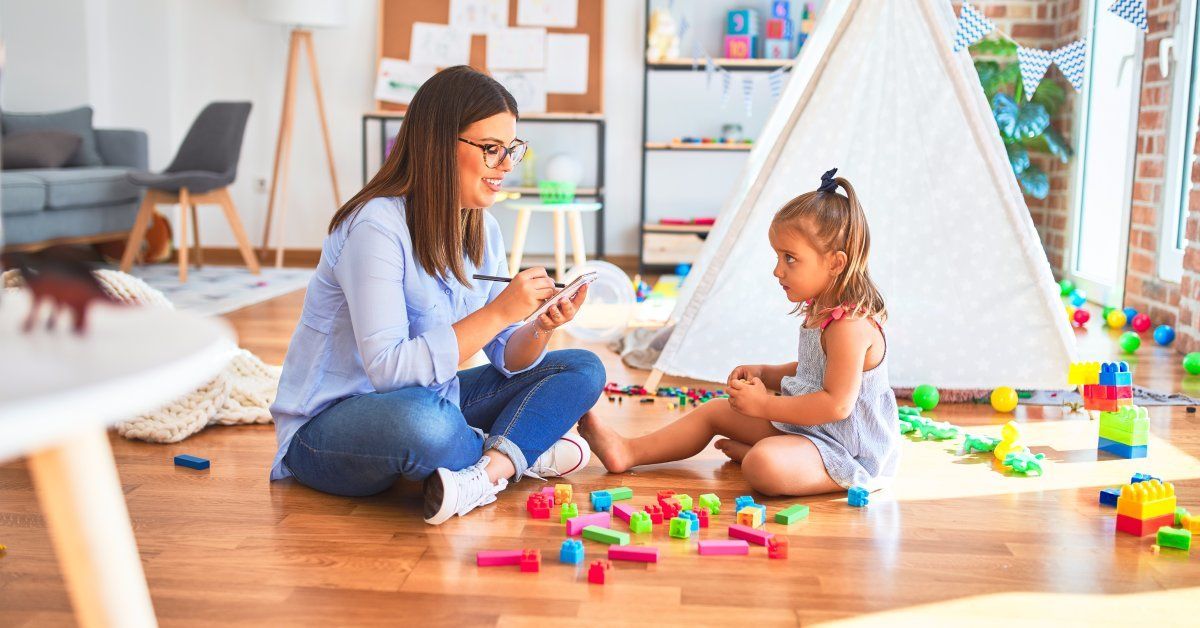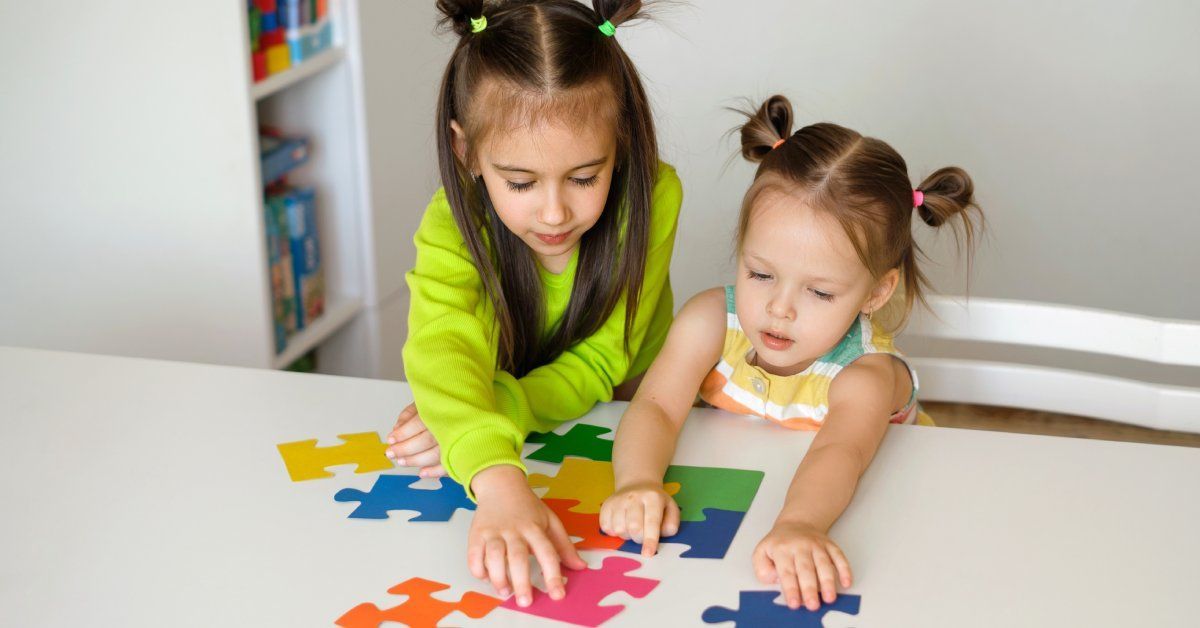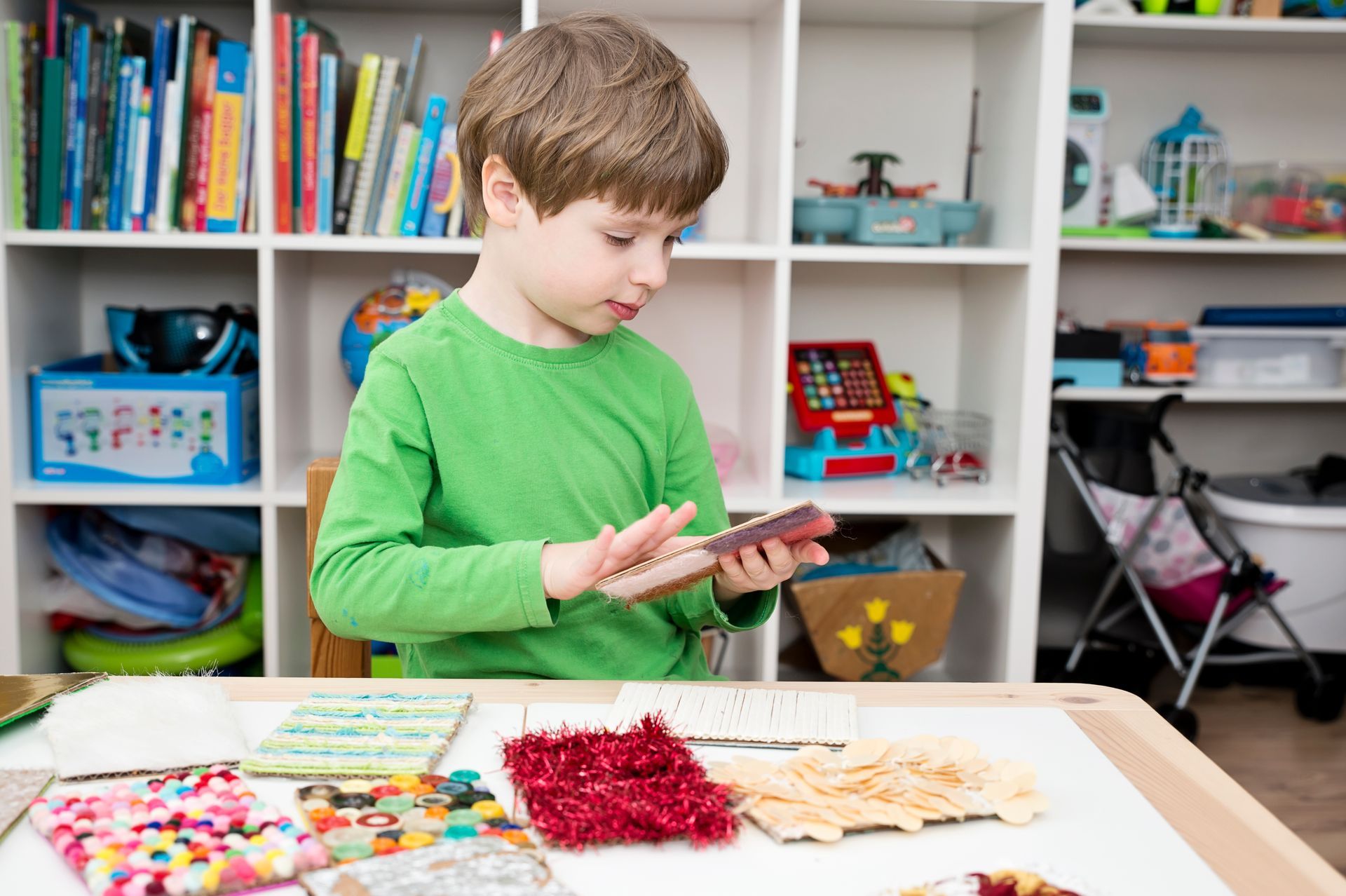Key ABA Therapy Milestones To Be Aware Of
Applied Behavior Analysis, or ABA, focuses on helping children build practical skills through structured learning and positive reinforcement. As a parent, enrolling your child in ABA therapy can feel like entering a new world filled with charts, behavior plans, and small victories that mean everything. Many parents describe the process as both exciting and overwhelming. The journey takes time, but every goal reached reflects meaningful growth in communication, independence, and connection for your little one. Below, we explore the key ABA therapy milestones you should be aware of to understand how your child is progressing and how to best support them.
Why ABA Therapy Focuses on Milestones
Each ABA program is individualized, but milestones serve as general markers that show how well certain skill areas are developing. These goals don’t replace natural development; instead, they complement it by focusing on small, measurable steps that build toward larger abilities.
Therapists track data during every session, adjusting strategies based on what works best for each child. This helps families see measurable progress rather than guessing about improvement. Moreover, milestones guide communication between parents, therapists, and educators so that everyone works toward the same objectives.
Communication Milestones
Communication is one of the earliest and most visible areas of growth in ABA therapy. Many children start therapy with limited verbal skills, while others use words but struggle to communicate needs or emotions effectively. ABA helps break communication down into teachable units so that progress becomes attainable.
Early Communication
Therapists might begin by encouraging a child to make eye contact, imitate sounds, or use gestures such as pointing or reaching. For very young children or those with limited verbal abilities, these early actions form the foundation for expressive language. Some programs also introduce alternative communication systems, such as picture exchange (PECS) or speech-generating devices.
Expanding Language
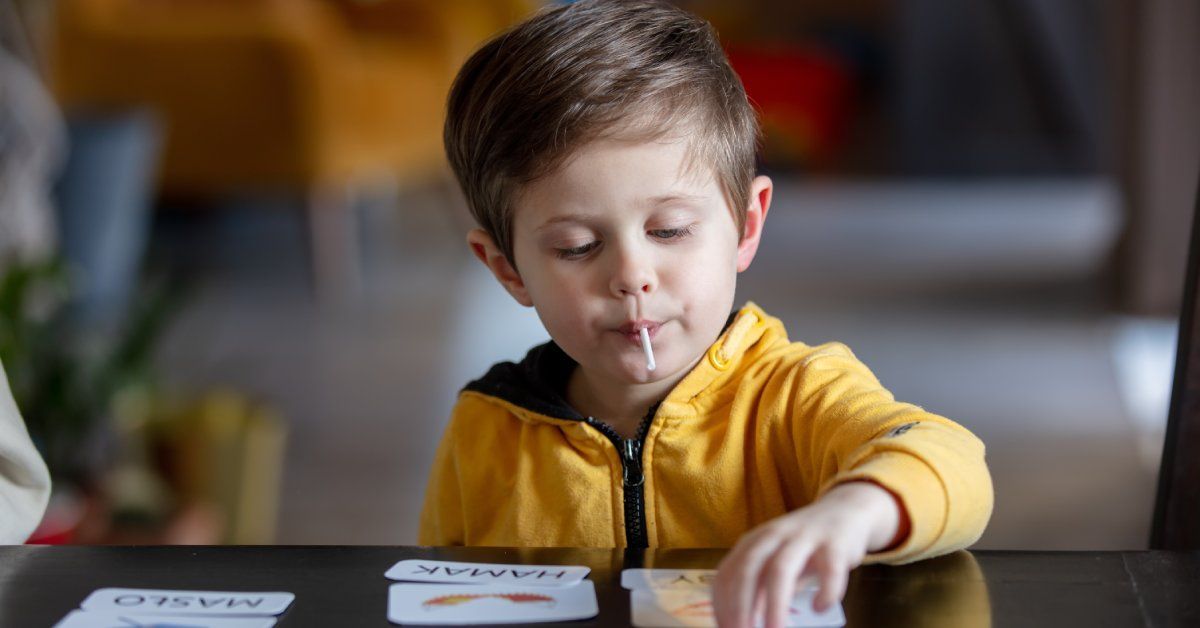
Once early requests or labels are established, therapy moves toward more flexible communication—answering questions, describing objects, or sharing experiences. Around preschool or early school age, families may notice their child using phrases more spontaneously, rather than only when prompted.
The ultimate goal in this area is functional communication: the ability to express wants, thoughts, and feelings across different settings. That milestone doesn’t appear overnight, but consistent reinforcement and collaboration between home and therapy sessions build it gradually.
Social and Play Milestones
Social interaction forms another central focus in ABA therapy because it connects communication skills with real-world relationships. Many children with autism experience challenges in recognizing social cues or engaging in shared play. ABA programs teach these interactions step by step.
Building Joint Attention
Joint attention—looking at an object or event together with another person—is a key early milestone. It supports later abilities like sharing enjoyment, following directions, and participating in group activities. Therapists create structured opportunities to practice these interactions, such as pointing to pictures in a book or rolling a ball back and forth.
Cooperative Play and Friendship Skills
As children progress, goals shift toward playing alongside or with peers. Cooperative games teach waiting, turn-taking, and sharing space. Around early elementary years, therapy might introduce role-playing activities that model how to join a game, start a conversation, or respond to another child’s idea.
Families usually notice growing confidence in social environments as these milestones develop. A child who once avoided group activities may begin greeting classmates or asking to play—moments that feel small yet represent major breakthroughs in connection.
Adaptive and Daily Living Milestones
While communication and socialization attract much attention, ABA also targets the skills that make daily routines more manageable. These adaptive milestones support independence and reduce frustration for both children and caregivers.
Early Self-Help Skills
Depending on the child’s age, therapy might begin with dressing, eating, or toilet training. The therapist breaks each task into smaller steps—called task analysis—so the child experiences success at each stage. For example, learning to brush teeth might start with simply holding the toothbrush correctly before progressing toward independent brushing.
Expanding Responsibility
As children mature, adaptive goals may include following a morning routine, organizing school materials, or completing simple chores. These milestones foster responsibility and predictability, helping children participate more fully in family and school life.
Each gain in this area contributes to long-term independence. It’s rewarding for families to see how structured teaching in therapy translates into smoother mornings and less reliance on constant prompts.
Behavior and Emotional Regulation Milestones
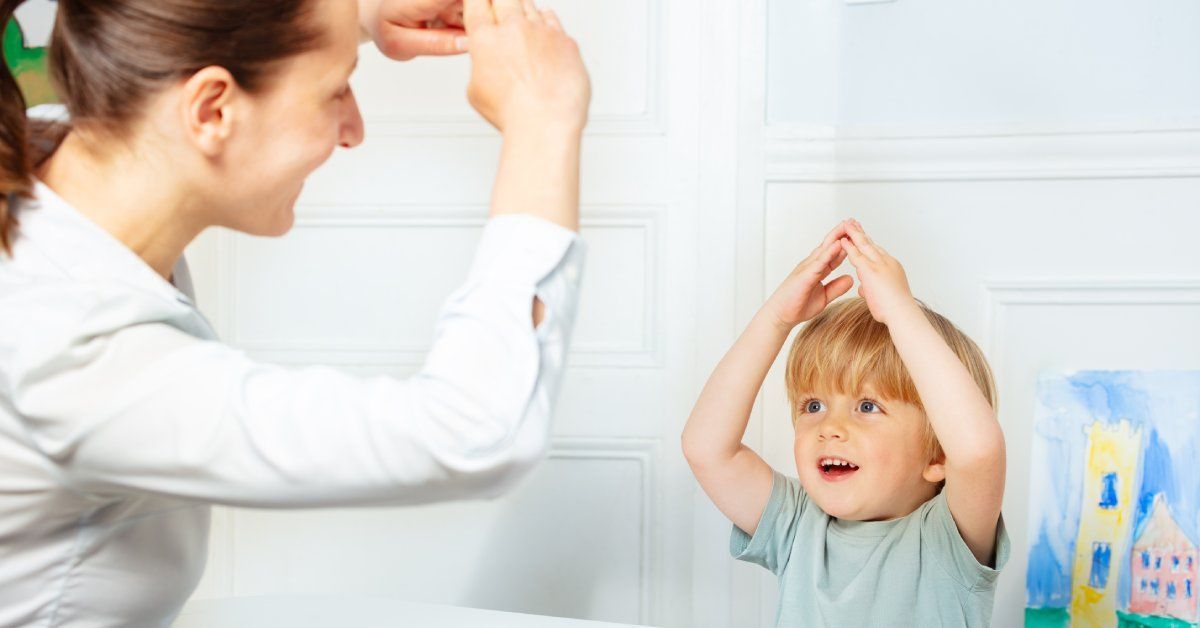
Behavioral growth forms the backbone of ABA therapy. The focus extends beyond reducing challenging behaviors. It also includes teaching appropriate ways to express frustration, cope with change, and engage with others constructively.
Learning Replacement Behaviors
When a child struggles with hitting, tantrums, or self-injury, the therapist identifies what function the behavior serves. Does it communicate a need, escape a demand, or seek attention? Once that function is clear, therapy introduces alternative behaviors that meet the same need more appropriately. A child might learn to request a break instead of throwing toys or to ask for help instead of crying.
Emotional Understanding and Coping
Over time, children develop better recognition of their emotions. They may start labeling feelings, using coping tools such as deep breathing, or following visual schedules that prepare them for transitions. These milestones lay the groundwork for emotional regulation that benefits home life, school, and community settings.
Behavioral change is gradual but deeply meaningful. Each step toward self-regulation supports better learning, relationships, and confidence.
Generalization: The Milestone That Connects Them All
One of the most important achievements in ABA therapy is generalization —the ability to use learned skills in different environments, with different people, and during new situations. A child who learns to request a snack during therapy might initially forget that same skill at home. Over time, through repeated practice and parent involvement, that skill transfers beyond the clinic.
Generalization represents the bridge between therapy and everyday life. It shows that a child isn’t just performing learned responses but truly understanding and applying them. Parents usually notice this milestone when they start hearing new words, seeing smoother routines, or experiencing calmer reactions outside therapy sessions.
Celebrating Progress at Every Stage
These key ABA therapy milestones reflect progress that matters to both children and their families. The timeline varies because each child has a different learning history, motivation, and developmental profile. However, what remains consistent is the value of collaboration. When therapists and parents work together, milestones become visible more quickly and last longer.
If you are looking for ABA therapy in North Carolina , you’re in the right place. At the HANDS Center for Autism, our licensed, experienced therapists will support your child’s development and keep you informed and involved every step of the way. Fill out our intake application to get started, or reach out for more information.

